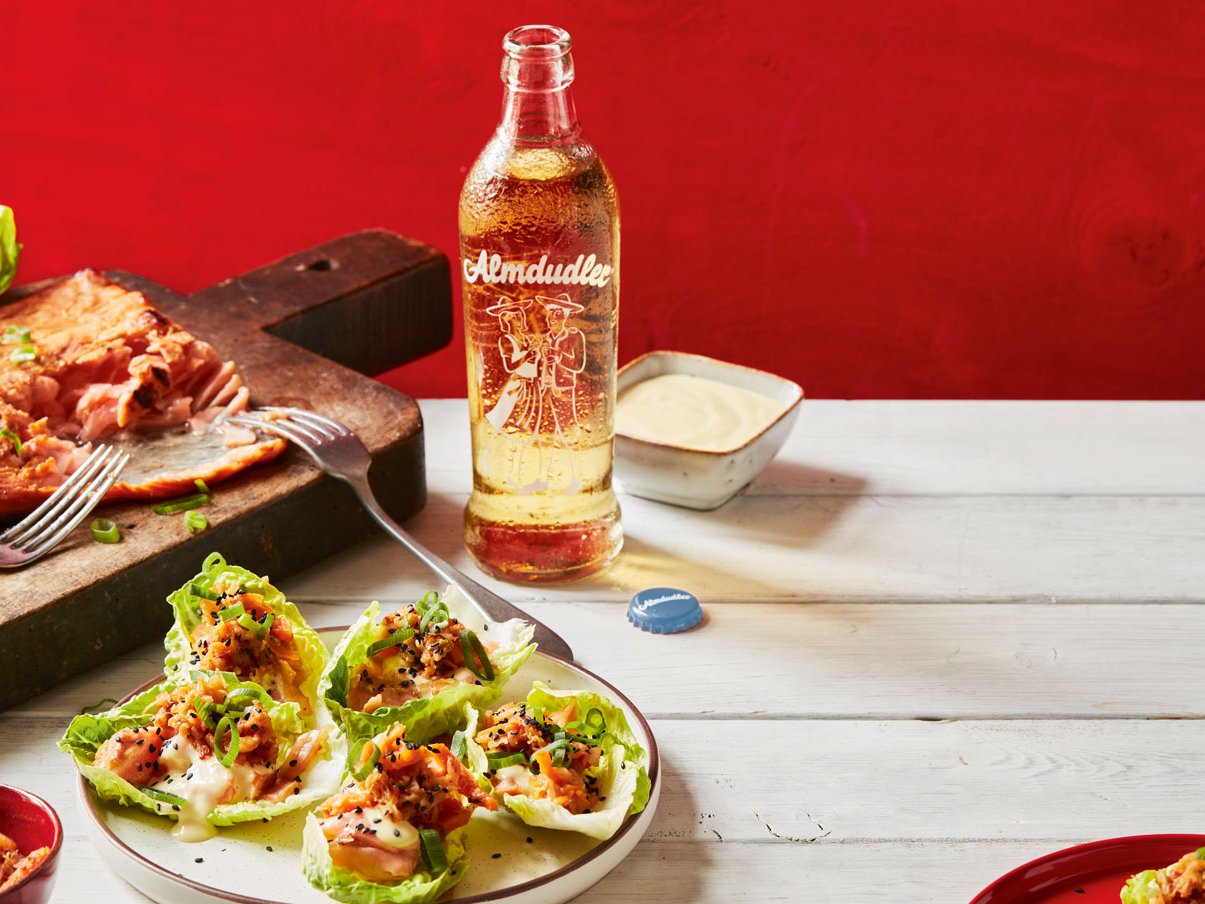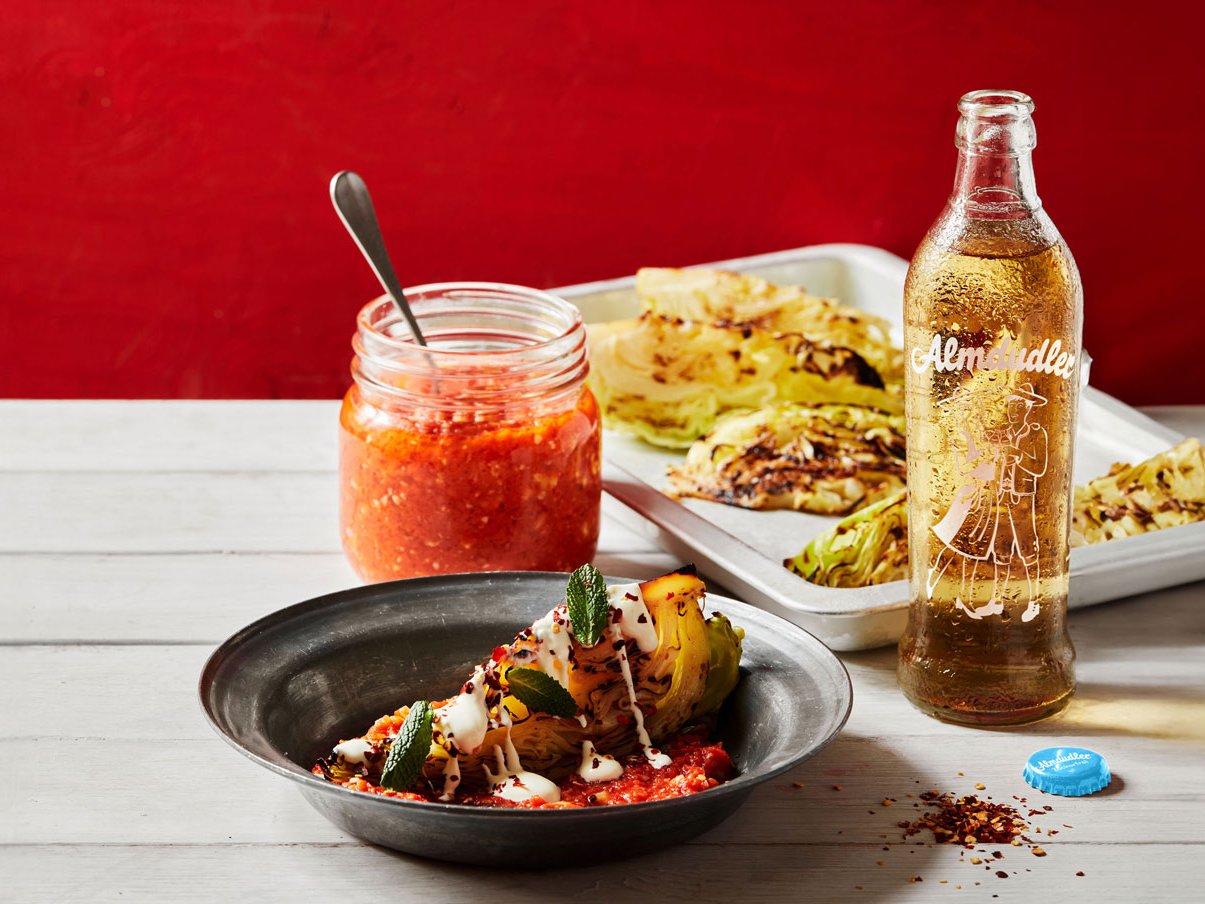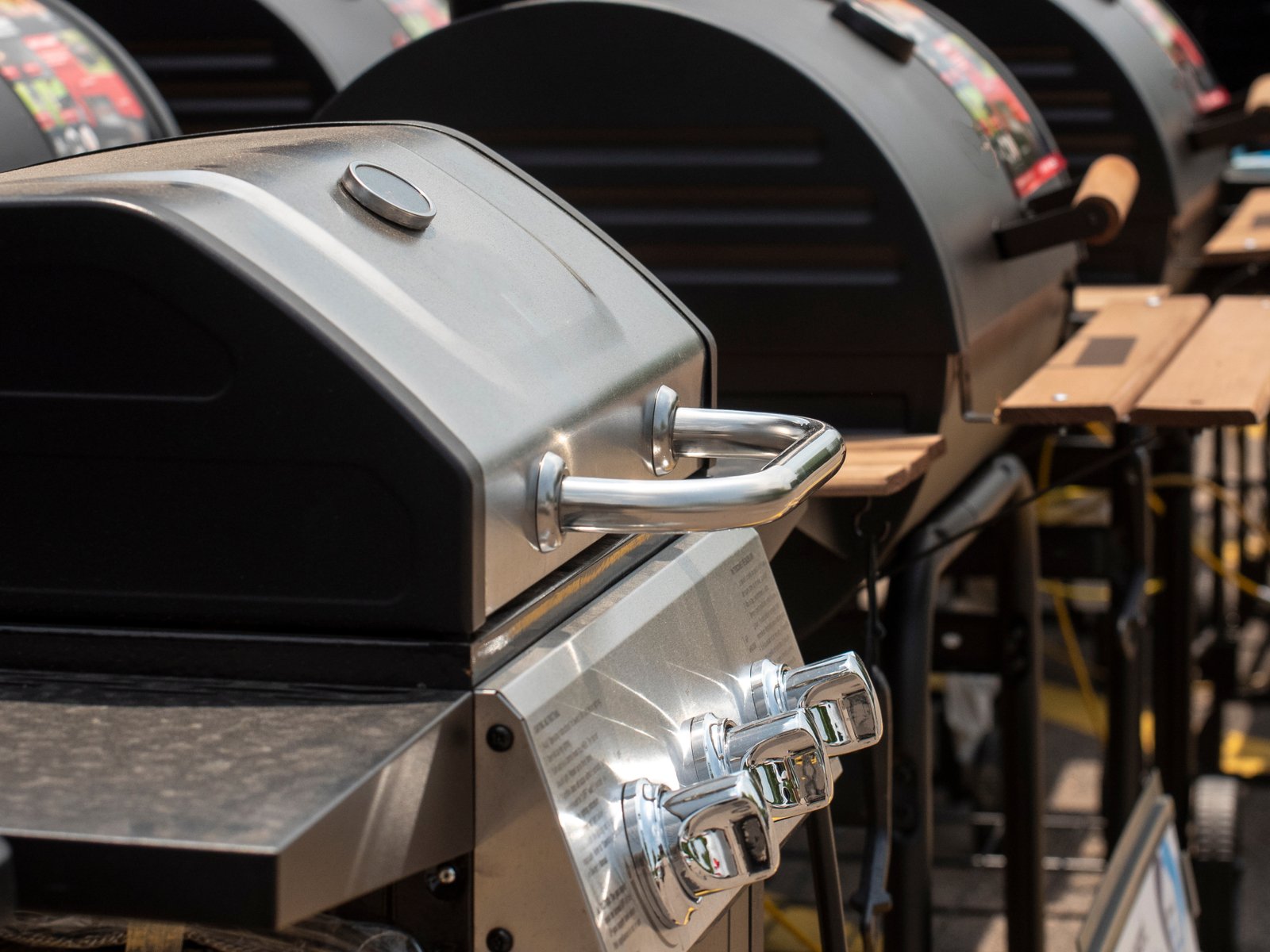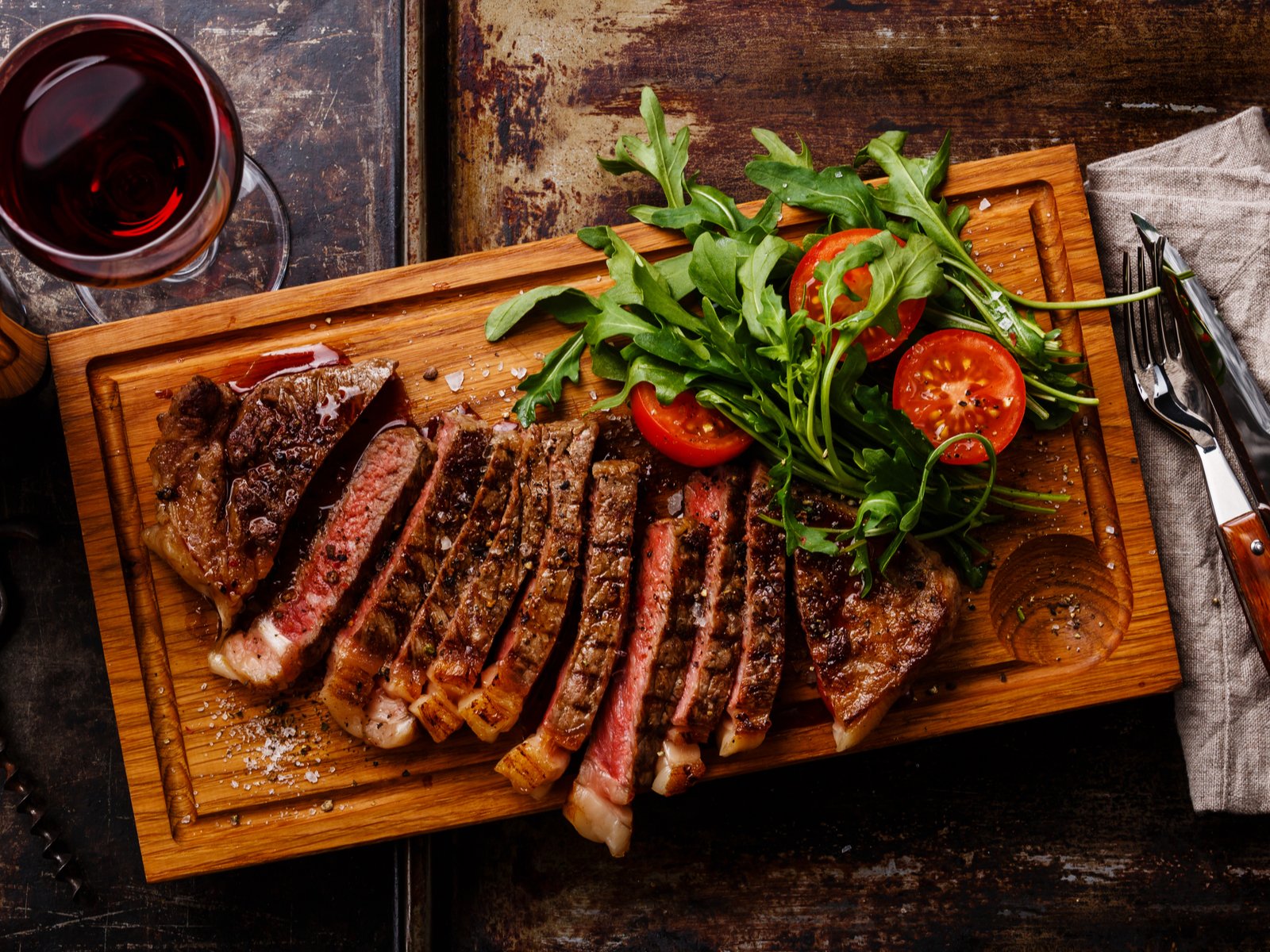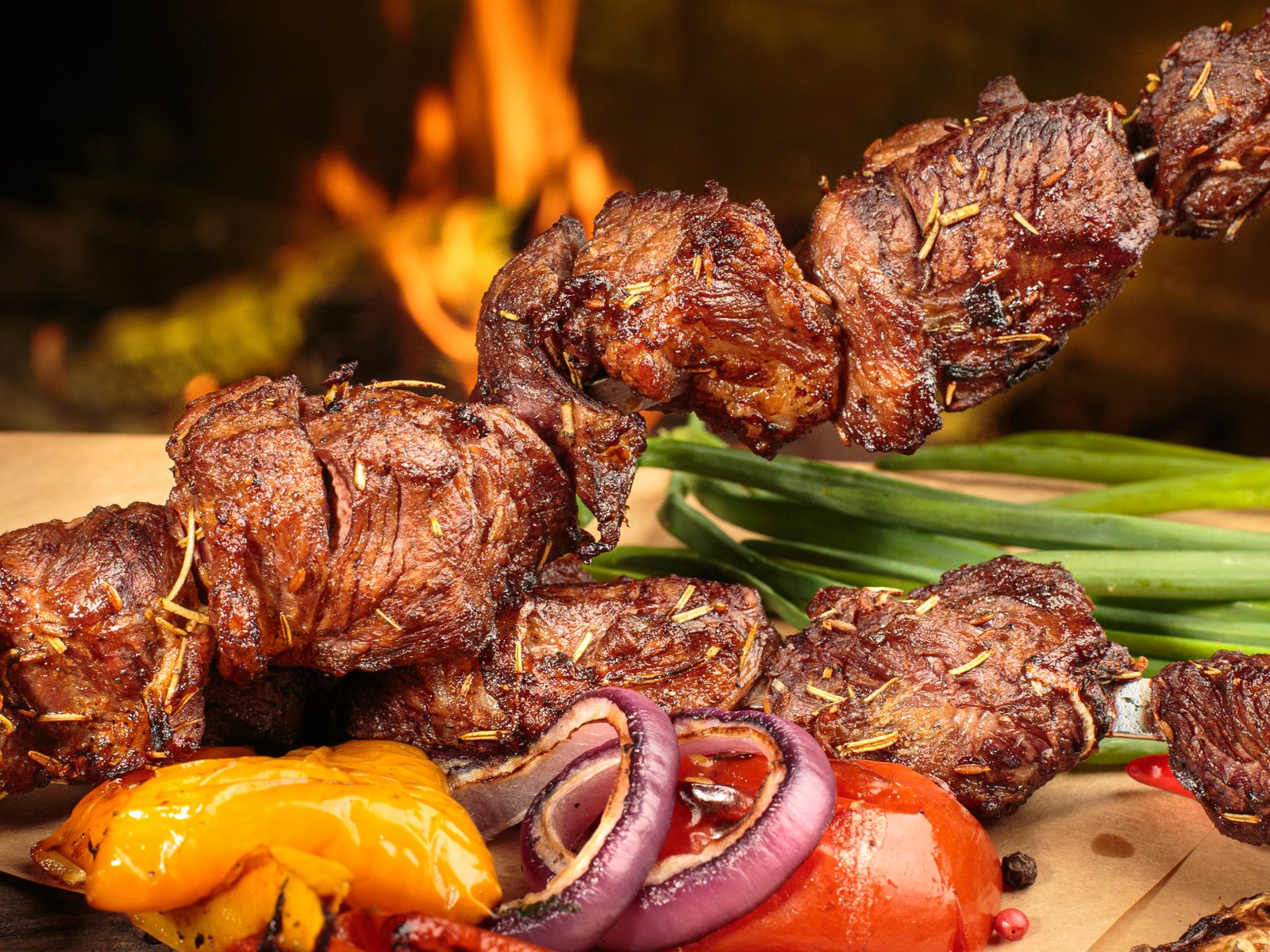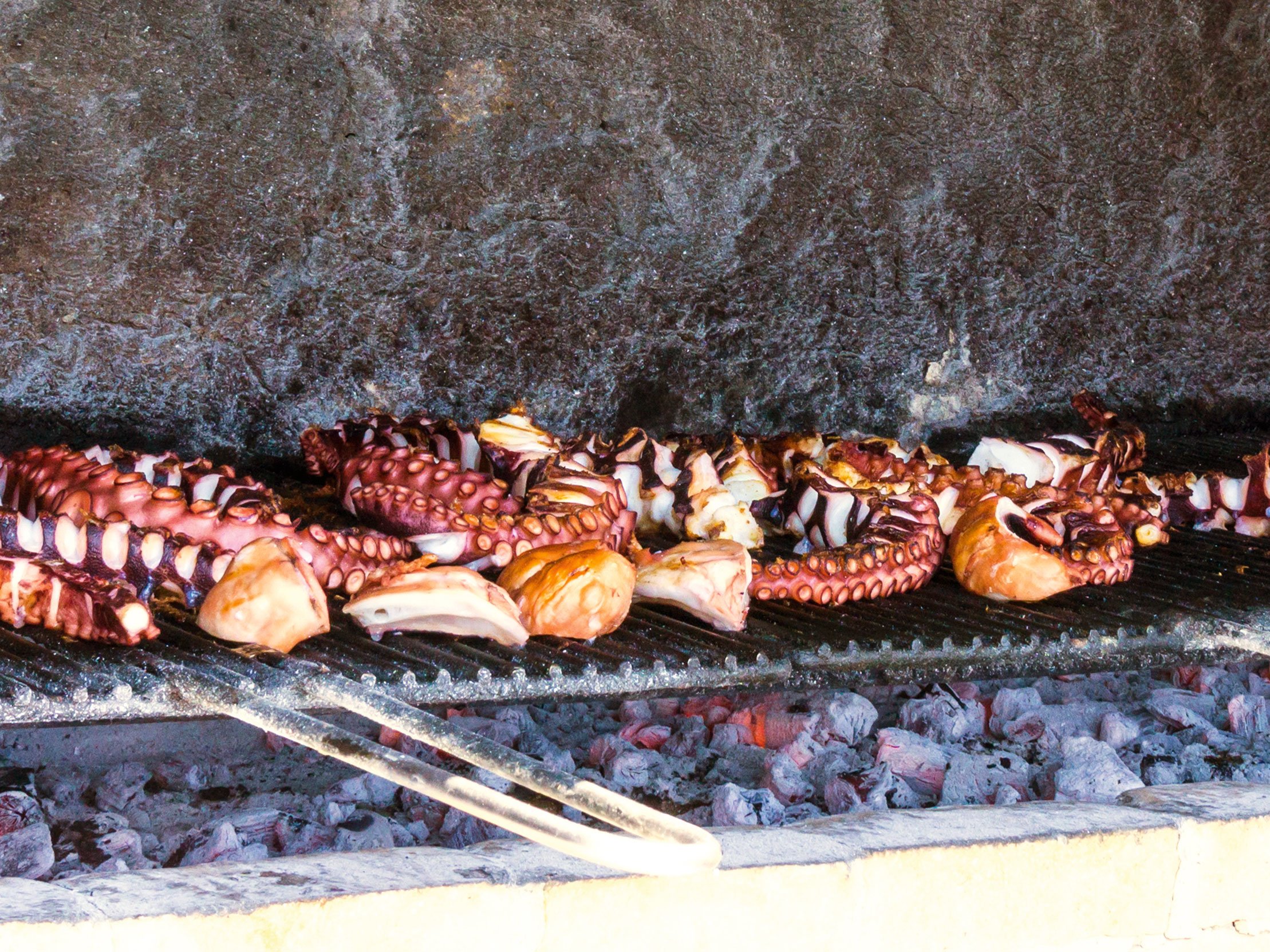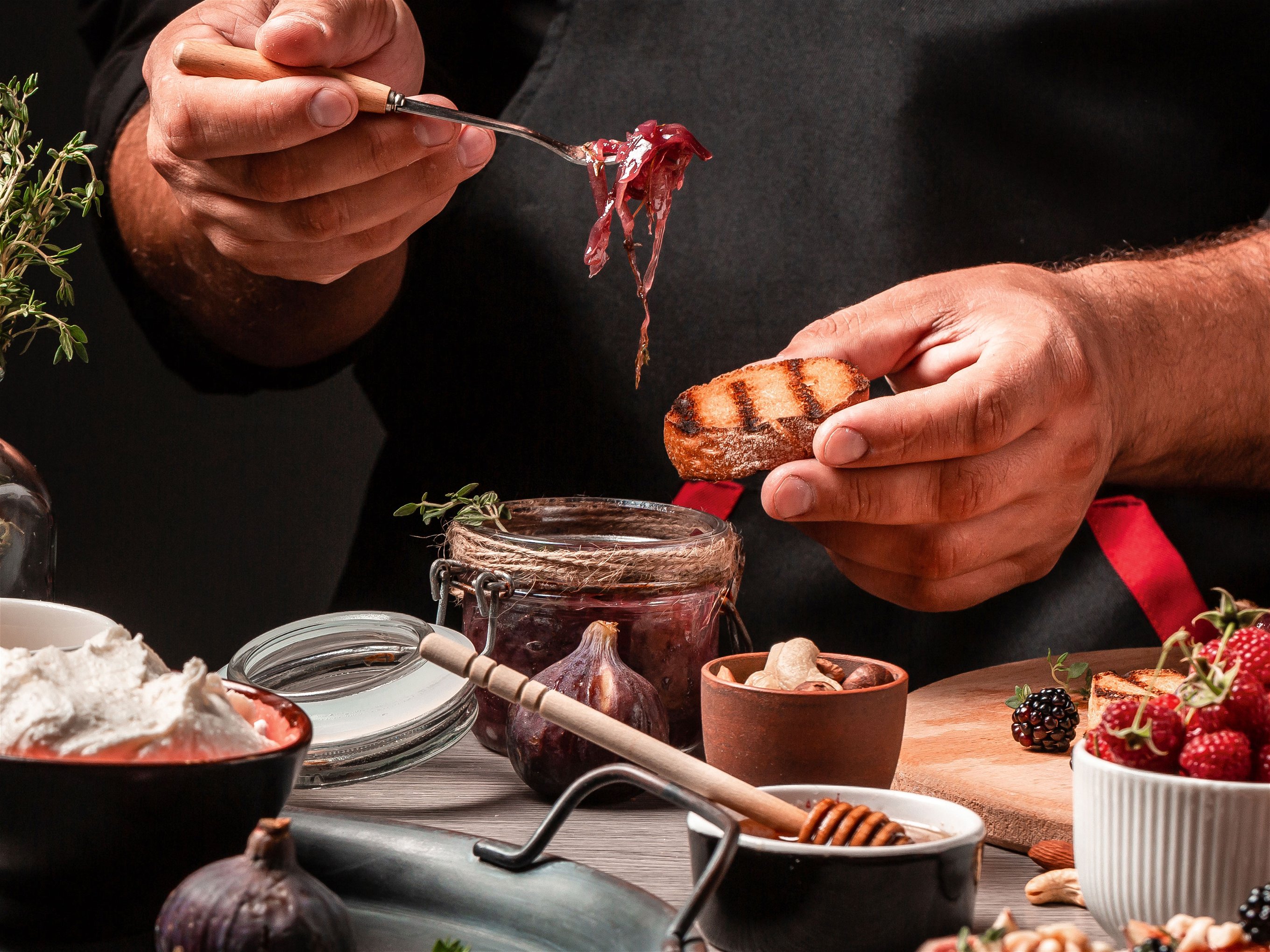This Is How the Mediterranean Grills: Croatia
Mediterranean BBQ: In Croatia, while the fire slowly burns down, there is enough time to greet friends and have a chat.
In the beginning, there are the embers. It takes a lot of them to experience a highlight of Croatian barbecue cuisine. We are talking about »peka«, a kind of archetype of the Dutch oven that is so popular today and, as it were, the supreme discipline of Croatian barbecue. A cast-iron or ceramic bowl with a bell-shaped top forms the basis for this feast. It is filled with ribs, pork neck, and lamb shoulder - the bigger the piece of meat, the better.
In addition, a selection of vegetables are added, such as onions for sweetness, potatoes that secrete starch and absorb juice, peppers and carrots. A little white wine and fresh herbs are added next, and then the bell is placed on the dish and a ring on top. Glowing wood is piled on top of and next to the "peka"; the floor underneath, made of fireclay, for example, should have been well heated up by the fire beforehand.

Then the hour’s pass. Anyone invited to a »peka«in Croatia - especially in Dalmatia, the coastal strip on the Adriatic - can feel flattered. The elaborate barbecue is not something you do on a typical evening; it takes time – and, at best, a convivial round. When the grill master (in Croatia, grilling is a man's job) takes the lid off the dish after two, three or more hours, a delicious aroma immediately wafts through the air. The smell of the juicy meat has combined with those of the vegetables. Only the American BBQ, where large pieces of beef are slowly cooked in smoke, can match this in being so juicy and aromatic. The feast can begin with some bread, a little ajvar and a glass of chilled dry white wine.
Even the preparation brings joyful hours. And that's what it's all about, as is so often the case with barbecues, the journey is the destination. While the fire slowly burns down, there is enough time to greet friends and have a chat. You can open the first beer, maybe prepare a salad on the side or put the finishing touches on marinades.
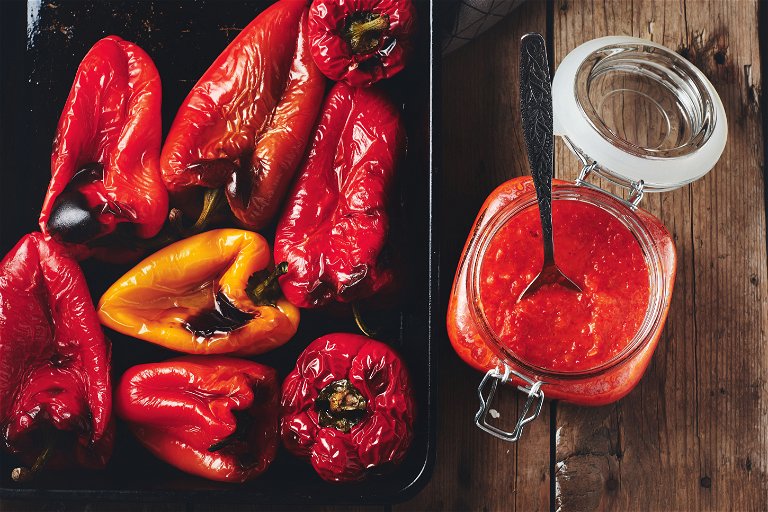
The place to be for meat fans
When it comes to grilling, Croatia is the place to be for meat fans. Popular and well-known are cevapcici, minced rolls of lamb, beef or pork seasoned with plenty of garlic and pepper. Pljeskavice is another classic, also made of minced meat but shaped into a round form. Skewers of chicken or pork are known as »ražnji'ci« and are enriched with onions and peppers. Ambitious grill masters with larger groups to feed even dare to cook whole animals, such as a suckling pig or a lamb. Stone-built fireplaces and barbecue ovens make such an undertaking easier.
Vegetarians or vegans have a more difficult time. Vegetables are usually served in the form of salads, and grilled vegetables are not very popular. On the other hand, fish and seafood are much more popular: grilled cuttlefish with chard is a well-known combination, and small, gently cooked sardines are also famous. Those who have the chance to get their hands on girice should not hesitate either. The fish, about the size of a finger, are boneless and only go on the grill for a few minutes. The typical Mediterranean marinade of olive oil, lemon juice and rosemary rounds off this simple yet aromatic dish.

